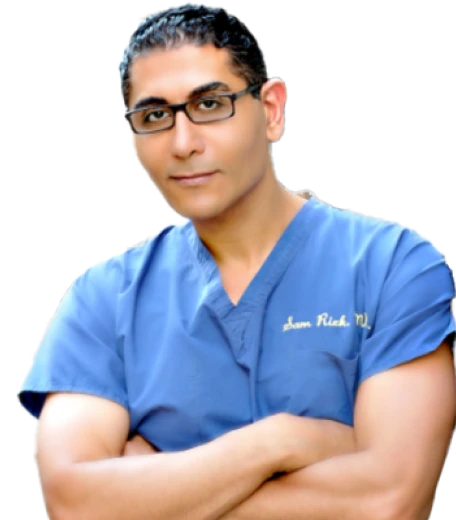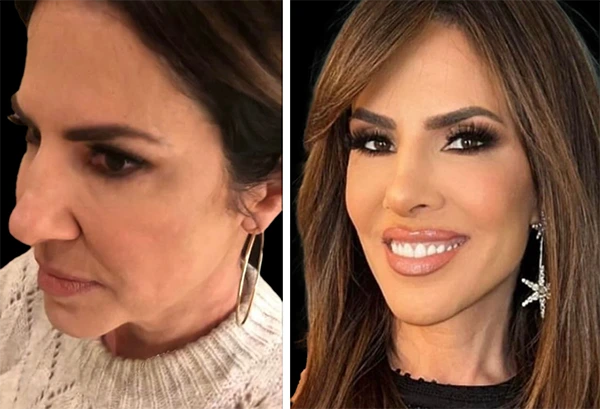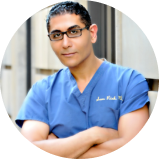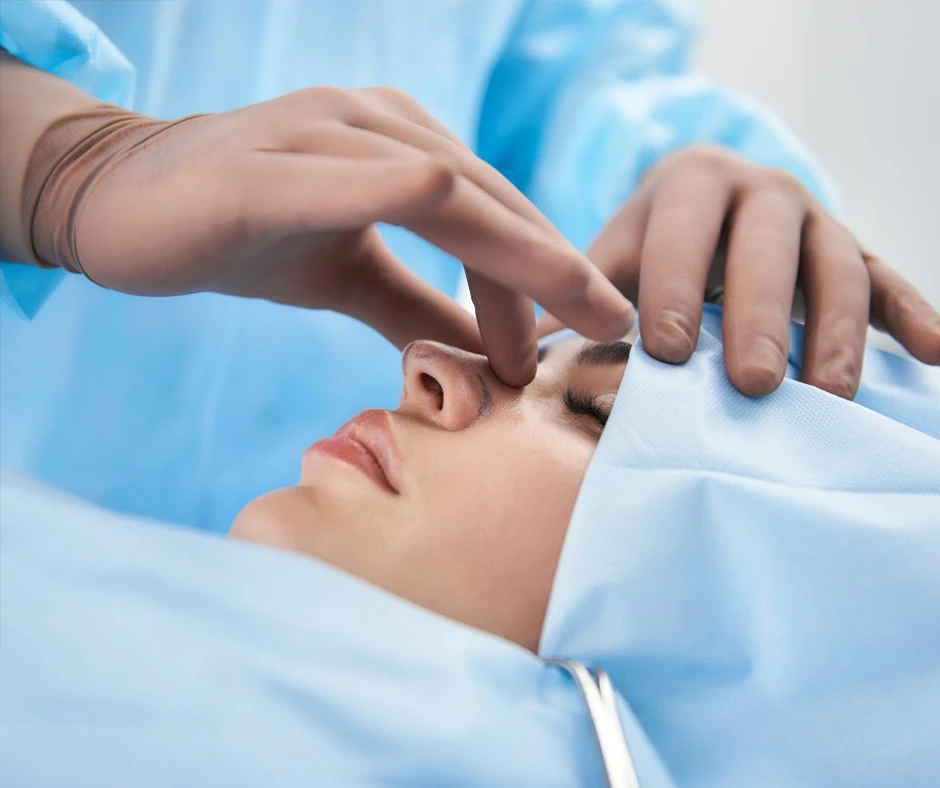During the 2014 World Cup, our client, Clint Dempsey, a decorated member of the United States men’s soccer team, was advised to wear a protective mask in the next game against Portugal after breaking his nose in the team’s first game against Ghana. He opted not to, and in doing so put himself at serious risk of further injuring his nose. More importantly, he stayed on the field right after his injury, despite feeling dizzy and lightheaded.
At a minimum, Dr. Rizk believes that Dempsey should have used a medicated spray to reduce the risk of bleeding, as well as a protective mask. But the reality is, he shouldn’t have been playing at all. Dr. Rizk may not have been on the field when Dempsey broke his nose, but from a medical standpoint, playing soccer after breaking one’s nose is at best questionable.
Dempsey said he had trouble breathing and felt dizzy at times during the rest of the match, two examples of symptoms that can arise from such an injury.
Do Not Ignore The Risks Associated With An Injured Nose Like Clint Dempsey Did
The risks of not seeking medical attention right away after a nose injury — let alone continuing to exercise or participate in sports — cannot be overstated. Reinjuring the nose can lead to major breathing problems, uncontrollable breathing, or worse.
You may think it’s just your nose, but any injury involving your head or neck can be a matter of life or death. Traumatic brain injury, symptoms of which often arise once it’s too late, is a real risk. Another serious risk is spinal cord injury, which can kill you or leave you paralyzed. Some people go into shock after a traumatic injury such as breaking the nose. This too is potentially fatal if not treated right away.
Issues Commonly Associated with Nasal Fractures
- Nosebleeds
Epistaxis, commonly known as a nosebleed, is a common sign of a nasal fracture. After a facial injury, increased incidences of prolonged nosebleeds may be a sign that you have a broken nose. Months after an injury, frequent nosebleeds may be a sign that a fracture has healed improperly. Poorly healed fractures may result in an undesired physical appearance, impaired breathing, and frequent sinus infections.
- Cartilage Collapses in the Nose
One possible complication in the healing process of a nasal fracture is cartilage collapse. Cartilage is the flexible connecting tissue in the nose. A large percentage of the nose’s internal structures, specifically the middle and lower portions, are composed of cartilage.Following a nose injury, the structural support of the nose cartilage may fail, and the nose will appear to be dented or “sunken in.” Cartilage collapse will also impair breathing by narrowing or blocking the nasal passages. Dr. Rizk is able to reverse cartilage collapse and reconstruct the nasal cartilage to facilitate proper breathing and physical appearance via a rhinoplasty.
- Bony Crookedness
When a nose is broken, the bones may shift during the initial trauma, or they may heal improperly, creating a “crooked” or “bent” appearance. This will affect both facial symmetry and nasal function. If you have bony crookedness due to a previous nasal fracture, Dr. Rizk can help you. In many cases, an osteotomy, or controlled break of a bone, can be used to fix a crooked nose. Another method used to fix bony crookedness is with grafts.
Swelling, bruising – especially under the eyes, a crackling or crunching sound upon touching the nose, and difficulty breathing out of the nostrils are all symptoms of a broken nose. These symptoms are often accompanied by pain and tenderness.
Do All Nose Fractures Require Surgery?
Not all nasal fractures require surgical intervention. In fact, most cases of minor nasal fractures are treated with ice, pain medication, and time. In some cases, your doctor may manually realign your nose immediately after the accident and then allow it to heal naturally.
Many fractures can be treated easily if attended to in the first ten days after an injury. Often, even after a fracture has healed, the nose may have an altered appearance. Additionally, airflow through the nostrils may be restricted, making breathing more difficult. These are common complaints among fracture patients.
The good news is that these symptoms can be addressed through various treatments at Dr. Rizk’s New York practice. He may use several techniques to fix a nasal fracture, and this is decided upon on a case-by-case basis. The technique applied depends on the nature of the fracture and on other factors unique to the patient and injury.
Some patients never liked the appearance of their nose in the first place, so they end up deciding to have a procedure that addresses not just reconstructive and functional issues but also their cosmetic concerns.
Common procedures include septoplasty (septum repair), rhinoplasty, or septorhinoplasty (a combination of the two). Often when a patient has bruising and swelling of the nose, Dr. Rizk will wait for a few weeks or months before performing a surgical procedure.
Rapid Recovery From Nose Surgery
Dr. Rizk has developed a special system to ensure that his patients recover as quickly as possible from nose surgeries. This Rapid Recovery System involves small internal incisions, special tissue glues and dissolvable sutures. It also involves the use of tiny instruments and 3D technology to alter and/or manipulate the nasal tissues without disturbing delicate blood vessels within the nose, which reduces recovery time.
Common Causes of Nasal Fractures
Nasal fractures are usually caused by trauma. Sports-related nasal fractures are extremely common, the primary culprits being hockey, basketball, and boxing injuries. Car accidents are another common cause of nose fractures.
Furthermore, the elderly are more susceptible to broken noses, as their bones tend to be weaker and they are more likely to fall as a result of impaired balance. The symptoms of a nasal fracture may include one or several of the following: swelling, bleeding, bruising around the nose and eyes, pain and tenderness, and an altered appearance of the nose. Your doctor will diagnose a broken nose through a physical examination or, in more severe and complex cases, an X-Ray or CT scan.
Importance of a Good Cosmetic and Functional Outcome
A fractured nose or an improperly healed nasal fracture can negatively affect one’s appearance, and may also affect one’s breathing. The surgical correction of a broken nose can restore facial symmetry to a pre-injury appearance. No matter what the patient’s unique circumstances, Dr. Rizk’s aim is always to restore nasal symmetry and normal nasal airway function.
Contact Dr. Rizk’s New York office today to learn more about repairing a broken nose.













